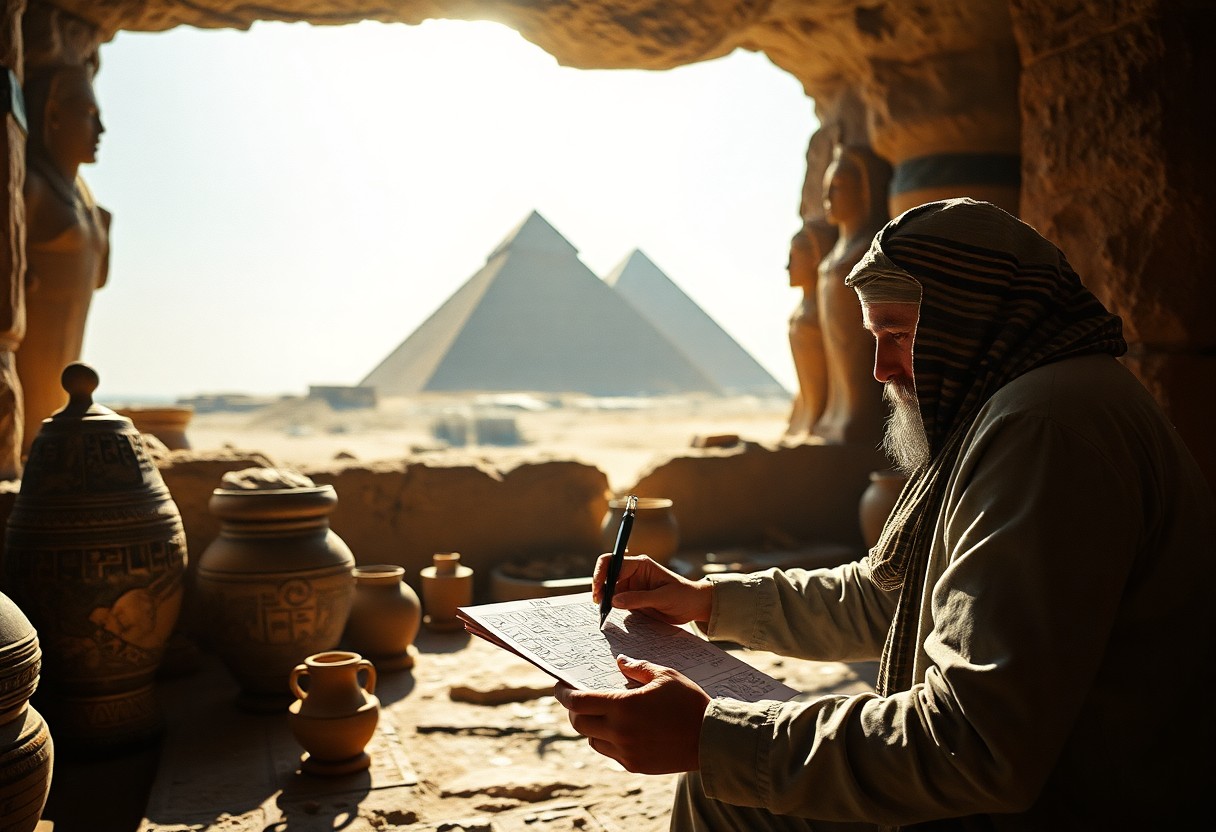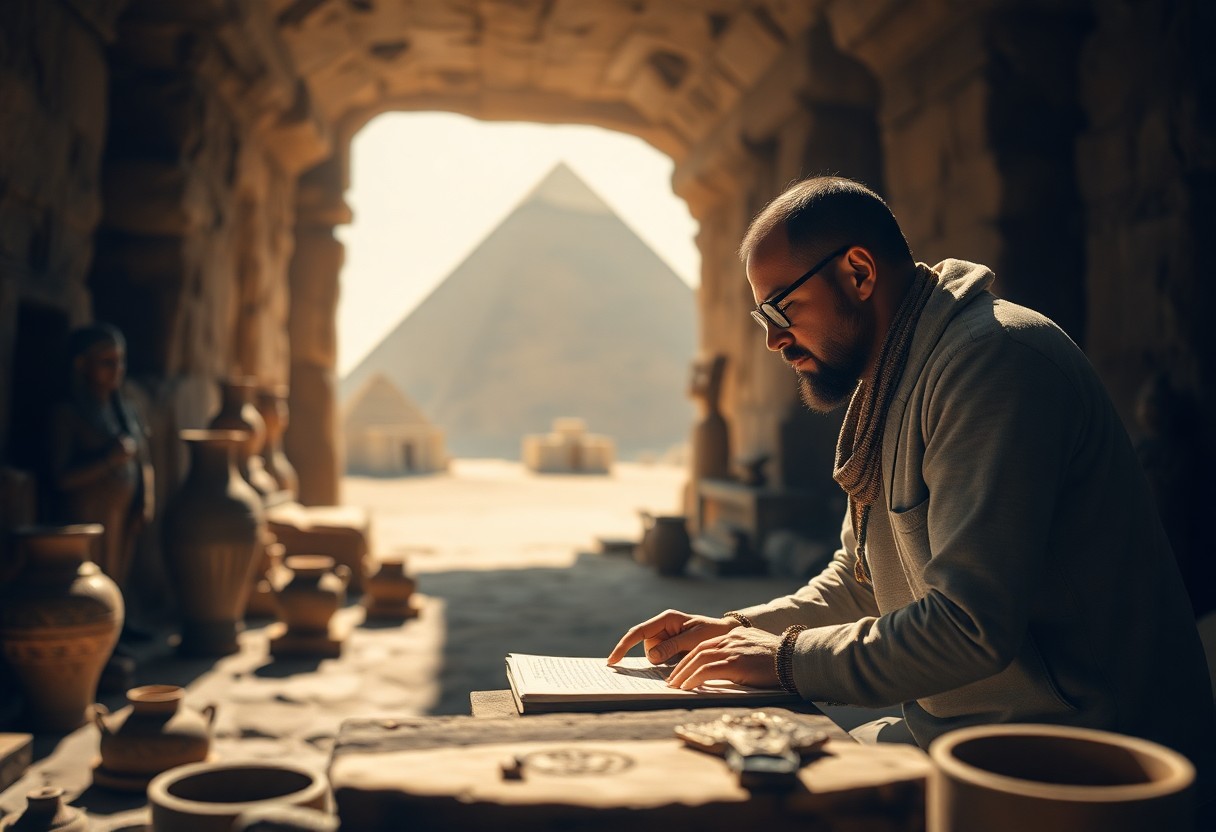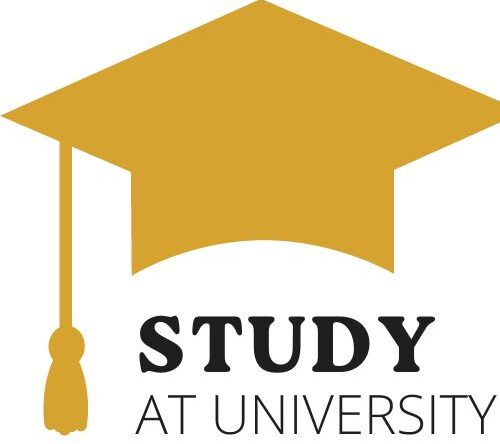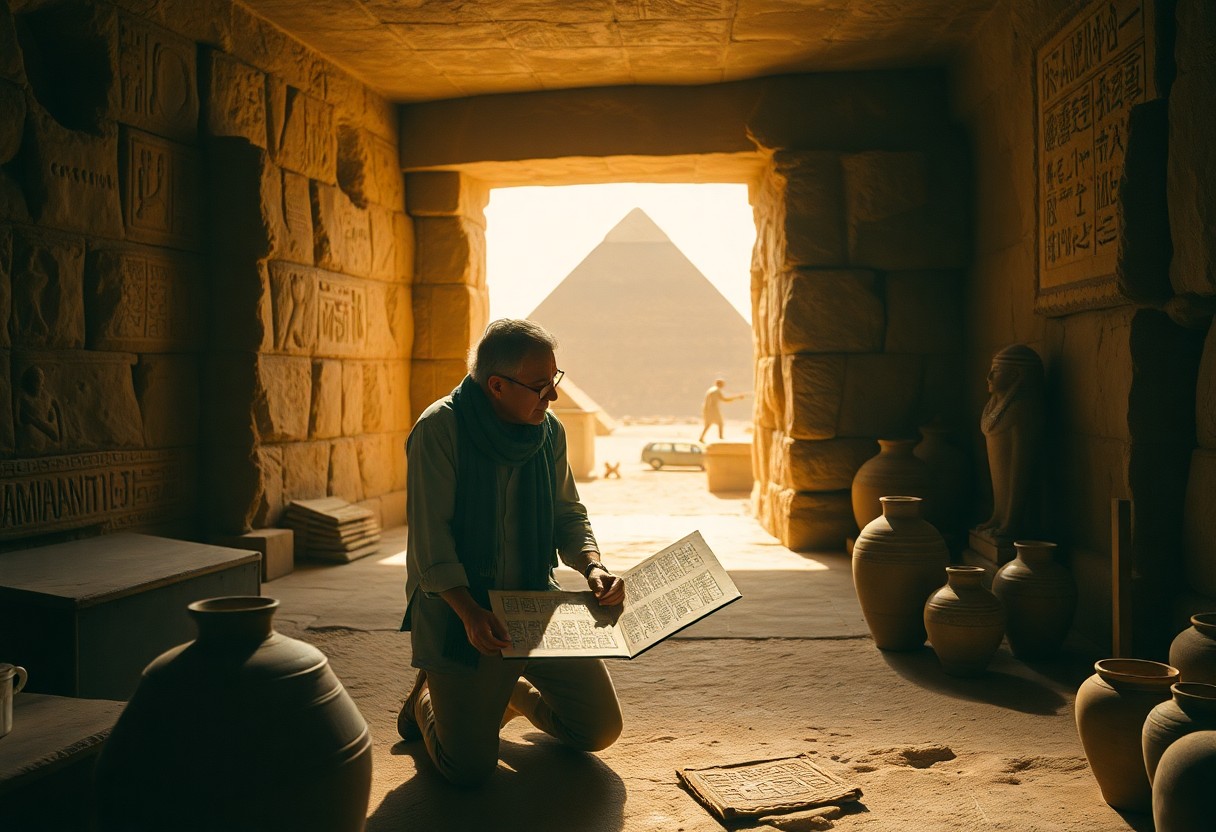M.Egypt programs provide an in-depth exploration of ancient Egyptian history, culture, and archaeology. As you begin on this academic journey, you’ll research into topics such as hieroglyphics, pharaonic dynasties, and ancient artifacts, equipping yourself with the specialized knowledge required to understand this fascinating civilization. With a Master’s in Egyptology, your skills can lead to careers in academia, museums, and cultural heritage organizations, where you can actively contribute to the preservation and dissemination of Egypt’s rich historical legacy.
Key Takeaways:
- Master of Egyptology (M.Egypt) programs provide advanced education in the study of ancient Egypt, covering aspects such as archaeology, history, language, and cultural heritage.
- These programs typically emphasize research skills and may involve fieldwork opportunities, enabling students to engage with real-world archaeological sites and artifacts.
- Graduates of M.Egypt programs often pursue careers in academia, museums, preservation organizations, and cultural resource management, enhancing the understanding and appreciation of ancient Egyptian civilization.
The Evolution of Egyptology: A Historical Perspective
Throughout its history, Egyptology has transformed significantly, driven by a blend of archaeological discoveries, technological advancements, and socio-political influences. Early studies focused on deciphering hieroglyphs and understanding ancient texts, paving the way for contemporary approaches that incorporate interdisciplinary methods, including genetics and art history. You will find that the field has evolved from mere curiosity to a structured academic discipline, shaped by both renowned scholars and the broader historical context that continues to influence interpretations of ancient Egypt.
Pioneers Who Shaped the Field
Notable figures such as Jean-François Champollion, who deciphered the Rosetta Stone, and Howard Carter, who discovered Tutankhamun’s tomb, laid the groundwork for modern Egyptology. Through their groundbreaking work, they unveiled secrets of the ancient civilization, bringing its rich history to light. Their explorations set the stage for generations of scholars, leading you to a deeper understanding of the methods and motivations behind these monumental discoveries.
Key Discoveries That Redefined Our Understanding
The discovery of the Rosetta Stone in 1799 marked a turning point in Egyptology, allowing researchers to finally decode hieroglyphs. In 1922, Howard Carter’s unearthing of Tutankhamun’s largely intact tomb provided incredible insights into burial practices and the wealth of the pharaohs. Additionally, archaeological finds like the Temple of Karnak and the Valley of the Kings have yielded invaluable artifacts that continue to shape your understanding of ancient Egyptian culture and society.
These key discoveries not only illuminated aspects of daily life, religious practices, and governmental structures but also posed new questions, prompting a re-examination of established narratives. For example, the items found in Tutankhamun’s tomb, such as golden funerary masks and intricate furniture, revealed the opulence and craftsmanship of ancient artisans, challenging earlier notions of class and wealth distribution. Each significant finding has contributed layers of complexity to your comprehension of ancient Egypt, highlighting the dynamic and multifaceted nature of its civilization over millennia.

Tools of the Trade: Instruments and Techniques in Egyptology
Your journey into the depths of Egyptology involves not just knowledge but also a mastery of various tools and techniques. The intricate process of excavation, coupled with advanced imaging technologies, plays a fundamental role in unearthing Egypt’s hidden secrets. Each tool serves a unique function, allowing you to analyze artifacts and sites with precision.
Archaeological Excavation Technologies
In Egyptology, excavation technologies have evolved significantly, enhancing the efficiency and accuracy of uncovering ancient sites. Modern archaeologists employ tools such as ground-penetrating radar (GPR), drones for aerial surveys, and laser scanning to map excavation sites comprehensively. These technologies minimize damage to fragile artifacts while allowing you to dig deeper into layers of history.
Advanced Imaging and Analysis Methods
The advent of advanced imaging methods has revolutionized how you study ancient artifacts. Techniques like X-ray fluorescence (XRF) and computed tomography (CT) scanning allow for non-invasive examination, revealing the elemental composition and internal structure of objects. This precision is invaluable, especially for understanding the manufacturing processes and cultural significance of artifacts without risking damage. By employing these techniques, you gain insights into the past that were previously unreachable.
- Ground penetrating radar (GPR)
- Drones for aerial surveys
- Laser scanning
- X-ray fluorescence (XRF)
- Computed tomography (CT) scanning
| Technology | Purpose |
|---|---|
| Ground Penetrating Radar | Locates subsurface structures without excavation |
| Drones | Provides aerial images for site mapping and analysis |
| Laser Scanning | Creates 3D models of archaeological sites |
| X-ray Fluorescence | Analyzes elemental composition of artifacts |
| CT Scanning | Examines internal structures of artifacts non-destructively |
Advanced imaging and analysis methods open up a realm of possibilities for you as an Egyptologist. With XRF, you might discover the specific minerals that ancient artisans used, providing insight into trade routes and cultural exchanges. CT scanning allows for the exploration of mummified remains without unwrapping them, preserving their integrity while unlocking vital information about ancient practices and health. These methodologies are central to your toolkit, enabling a thorough exploration of Egypt’s fascinating history.
- Utilizing XRF to understand trade in ancient materials
- Employing CT scans to study mummification techniques
- Using laser scanning to create detailed preservation records
- Implementing drone technology for expansive site mapping
- Incorporating GPR to find buried structures efficiently
| Application | Outcome |
|---|---|
| XRF Analysis | Revealed the origins of pigment in artifacts |
| CT Imaging | Enhanced understanding of burial practices |
| Drone Surveys | Uncovered new sites previously undocumented |
| Laser Scanning | Allowed for virtual tours of excavation sites |
| GPR | Identified potential excavation targets |
The Language of the Pharaohs: Decoding Ancient Egyptian Scripts
Delving into the complex tapestry of Ancient Egyptian scripts reveals a rich narrative waiting to be uncovered. You will discover how the interplay of language, culture, and visual art manifests through the enigmatic symbols and inscriptions that adorned temples, tombs, and papyri. Each glyph offers insight into societal hierarchies, religious beliefs, and daily life during the reign of the Pharaohs. Understanding these ancient scripts is vital for grasping the broader context of scholarly research in Egyptology.
Hieroglyphics: An Art Form and Communication Tool
Hieroglyphics transcends mere written language; it is a stunning art form that conveys both meaning and aesthetic beauty. You’ll find that the intricate combination of images represents sounds, concepts, and ideas, allowing communication in a visually captivating manner. As you engage with this script, consider how the positioning and color of each symbol not only tell a story but also reflect the values and beliefs of the civilization that created them.
The Role of Linguistics in Modern Egyptology
Exploring linguistics is indispensable to the study of ancient Egypt, bridging the gap between your understanding of archaic texts and their contemporary implications. This field enables scholars to piece together the phonetics, grammar, and vocabulary of ancient languages, crucial for interpreting inscriptions and texts accurately. With the advancement of technology, the analysis of linguistic patterns in ancient Egyptian writing offers new avenues for research and interpretation.
The intersection of linguistics and Egyptology opens a world of insights, allowing you to plan your research with greater clarity. Modern linguists employ comparative analysis with related Afro-Asiatic languages, shedding light on grammatical structures and offerings of meaning in hieroglyphs. Moreover, tools like digital databases enhance your ability to analyze ancient texts, facilitating in-depth study and enabling the reconstruction of lost dialects. By piecing together these linguistic puzzles, you contribute to broadening our understanding of ancient Egyptian culture and its legacy.
The Ethical Dimensions of Egyptology: Balancing Preservation and Study
In the field of Egyptology, you find yourself navigating the complex landscape of ethical considerations. Balancing the need to study ancient artifacts with the responsibility to preserve them poses significant challenges. Institutions like Egyptology: Indiana University Bloomington are at the forefront, advocating for sustainable practices that ensure the longevity of archaeological discoveries while fostering academic inquiry.
The Debate on Artefact Repatriation
The conversation around artefact repatriation is increasingly prominent in Egyptology. You may contemplate the moral implications of retaining artifacts in foreign museums versus returning them to their countries of origin. Advocates for repatriation argue that returning items like the Rosetta Stone is necessary for restoring cultural identity, while opponents cite the preservation conditions in Western institutions as a reason to retain artefacts abroad.
Respecting Cultural Heritage in Excavation Practices
Excavation practices in Egyptology demand a thoughtful approach that honors and respects the cultural heritage of the sites you study. Establishing partnerships with local communities is not just beneficial; it is necessary. By involving local stakeholders in the excavation process, you contribute to a shared understanding of the archaeological context and foster a sense of ownership, ensuring that discoveries benefit both the academic community and local populations. Prioritizing ethical practices during excavations can dramatically enhance the collaborative relationship between Egyptologists and the communities they work with, facilitating preservation efforts and deepening cultural appreciation.

Egyptology in the 21st Century: Current Trends and Future Directions
As you examine into Egyptology today, you’ll find a vibrant evolution shaped by new methodologies and transforming global contexts. Current trends emphasize collaboration across disciplines, blending traditional archaeological principles with cutting-edge scientific techniques. This multifaceted approach enriches your understanding of ancient societies, leading you toward innovative interpretations and groundbreaking discoveries that illuminate the past while resonating with contemporary issues.
Interdisciplinary Approaches Merging Science and Humanities
Combining scientific methods with humanities inquiry, interdisciplinary approaches in Egyptology allow you to engage with ancient material culture through varied lenses. Integrating fields like biology, chemistry, and anthropology results in more profound insights into ancient Egyptian life—be it through bioarchaeology that reveals health patterns or chemical analyses that uncover trade and cultural exchange. This synthesis opens up a broader narrative beyond mere artifacts, offering a richer portrayal of life along the Nile.
The Impact of Digital Technology on Research and Public Engagement
Digital technology has transformed how you access, analyze, and disseminate knowledge in Egyptology, reshaping public engagement dramatically. Tools like 3D imaging and virtual reality enable immersive experiences, allowing audiences to explore tombs and artifacts from anywhere in the world. Online databases and collaborative platforms foster greater accessibility to research materials, encouraging a more engaged global community eager to learn about ancient Egypt’s legacies.
Recent advancements illustrate how digital tools enhance both research and public participation. For instance, the digital project “The Digital Giza” provides an interactive platform for scholars and enthusiasts alike, allowing users to explore the Giza plateau’s monuments through a rich collection of multimedia resources. This initiative not only democratizes knowledge but also amplifies outreach efforts, satisfying a growing demand for more engaging, educational content on Egyptology. Furthermore, social media platforms serve as vital spaces for discourse, expanding the reach of academic findings to a broader audience and prompting conversations that bridge the gap between experts and the general public.
Summing up
Now that you have explored the intricacies of the Master of Egyptology (M.Egypt), you can appreciate the depth of knowledge and skill this advanced program offers. It equips you with a comprehensive understanding of ancient Egyptian civilization, archaeological methods, and research techniques. By engaging with esteemed faculty and engaging resources, your academic journey in this unique field will empower you to contribute meaningfully to the ongoing exploration of Egypt’s rich heritage. Embrace this opportunity to deepen your expertise and passion for one of history’s most fascinating subjects.

